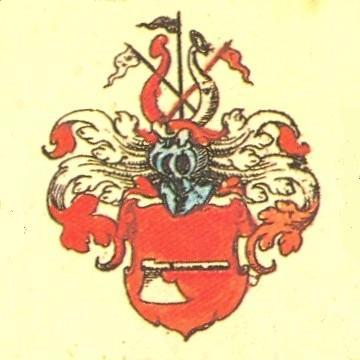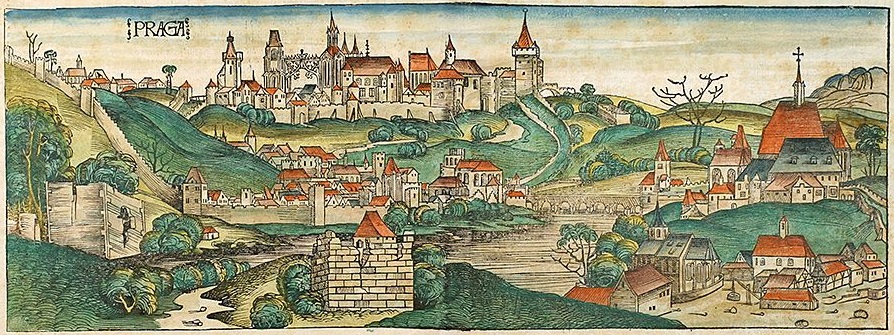Charles IV was elected Holy Roman Emperor in 1349. He chose the name Charles at his confirmation in honor of his uncle, King Charles IV of France, at whose court he was resident for seven years.
Prague became his capital, and he rebuilt the city on the model of Paris. In 1348, he founded the Charles University in Prague, which was the first university in Central Europe. Prague under Rudolph was a Renaissance city, full of Renaissance influences, a melting pot of ideas, mysteriously exciting in its potentiality for new developments. Prague attracted those interested in scientific studies from all over Europe, including John Dee, Edward Kelly, Giordano Bruno and Johannes Kepler.
The rector of Charles University in Prague, Jan Hus founded the first of the reformed churches of Europe. Between 1402 and 1403 the Bethlehem Chapel in the Old Town district of Prague was regularly packed, standing room only, with people eager to hear him expound on the Bible in their own Czech tongue. He took up Wyclif’s ideas, including the belief that true remembrance of the Last Supper should be given in both bread and wine. Jan Hus was a great scholar and a gifted preacher.
Prague under Rudolph was a Renaissance city, full of Renaissance influences, a melting pot of ideas, mysteriously exciting in its potentiality for new developments. Prague attracted those interested in scientific studies from all over Europe, including John Dee, Edward Kelly, Giordano Bruno and Johannes Kepler.

His daughter Ann (11 May 1366 – 7 June 1394), became Queen of England as consort to Richard II, King of England from 1377 until 1399.
In the 14th and early 15th centuries, three members of the House of Luxembourg reigned as Holy Roman Emperors. In 1437, the House of Luxembourg suffered a succession crisis, precipitated by the lack of a male heir to assume the throne, which led to the territories being sold to Philip the Good of Burgundy. The marriage, in Bruges on 7 January 1430 of Philip the Good of Burgundy and Isabella of Portugal, a daughter of Philippa of Lancaster, produced three sons. The earliest letters patent conferring nobility were issued under Charles IV, Holy Roman Emperor, in the late 14th century.
An Imperial coat of arms was granted to the Froebel family during the reign of Charles IV.

Reynhart von Holbach zcu Vrowicz reached an agreement about the boundaries of vineyards between the common fields and the hill with the Paulinzella monastery and the burgers of Blankenburg in 1395. The zu particle can hint to the split of a dynasty, as providing information on the adopted new home.
